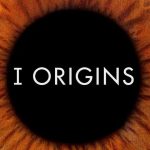Blue Is the Warmest Color (2013)
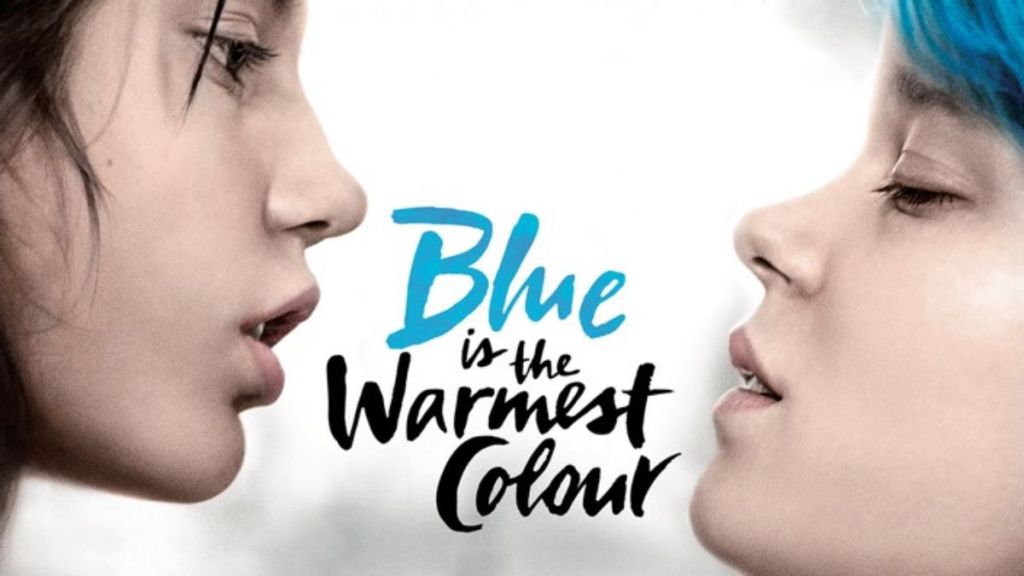
Blue Is the Warmest Color (2013) is a French drama film directed by Abdellatif Kechiche. The film, which won the prestigious Palme d’Or at the 2013 Cannes Film Festival, explores the intense and transformative relationship between two young women, Adèle and Emma. With its raw and authentic portrayal of love and identity, the film has captivated audiences worldwide with its emotional depth and compelling performances.
The story follows Adèle, a teenager who is initially unsure about her sexual identity. Her life changes when she meets Emma, a confident and artistic young woman with blue hair. The two women begin a passionate love affair that profoundly shapes Adèle’s emotional and personal growth. The film portrays their relationship over several years, showcasing the joys and heartbreaks that come with falling in love and navigating the complexities of a romantic relationship.
One of the film’s most striking elements is its portrayal of intimacy and emotion. Kechiche uses long, intimate takes and close-ups to emphasize the characters’ emotions, allowing the audience to experience their journey in a deeply personal way. The chemistry between the lead actresses, Léa Seydoux (Emma) and Adèle Exarchopoulos (Adèle), is palpable, creating a genuine connection that feels both tender and tumultuous.
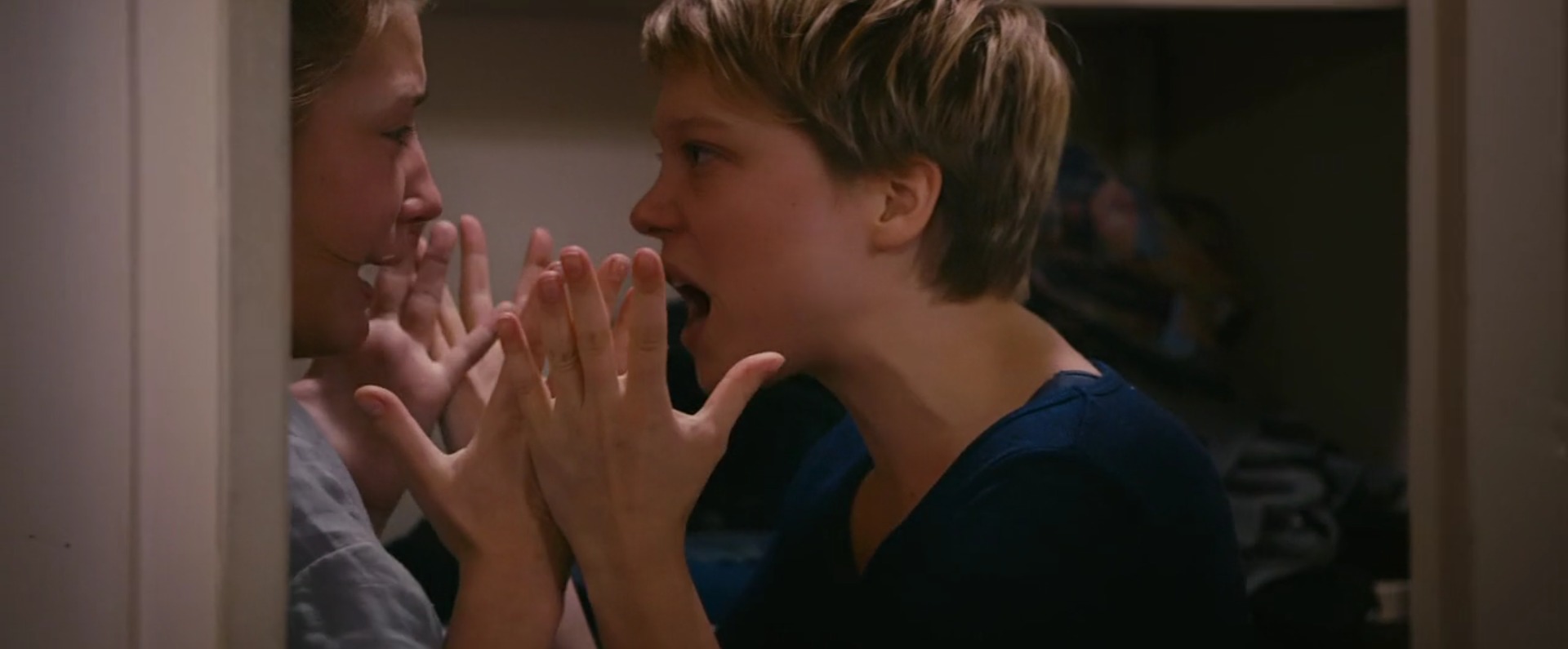
As the relationship between Adèle and Emma develops, the film also explores themes of self-discovery, identity, and the struggles of growing up. Adèle’s journey is not just about her relationship with Emma, but also about finding her own voice and place in the world. Throughout the film, Adèle faces societal pressure, personal insecurities, and the challenge of reconciling her desires with her identity. The film beautifully captures the complexity of these experiences, making it a profound exploration of personal growth.
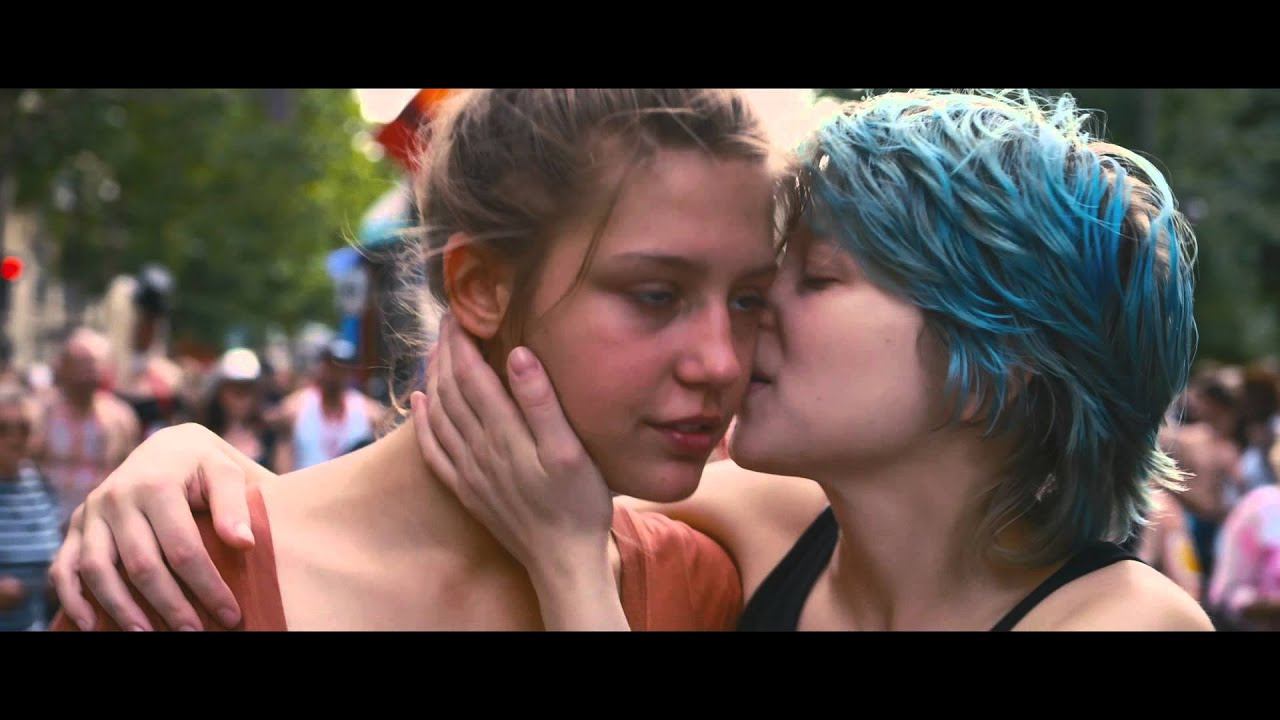
While the film is centered on a love story, it also examines the differences between the characters’ lives and perspectives. Emma, who is older and more experienced, comes from a different social background, and her world of art and intellectualism contrasts with Adèle’s simpler, more grounded existence. These differences create tension in their relationship, but they also provide a deeper understanding of the complexities of love, intimacy, and communication in any relationship.
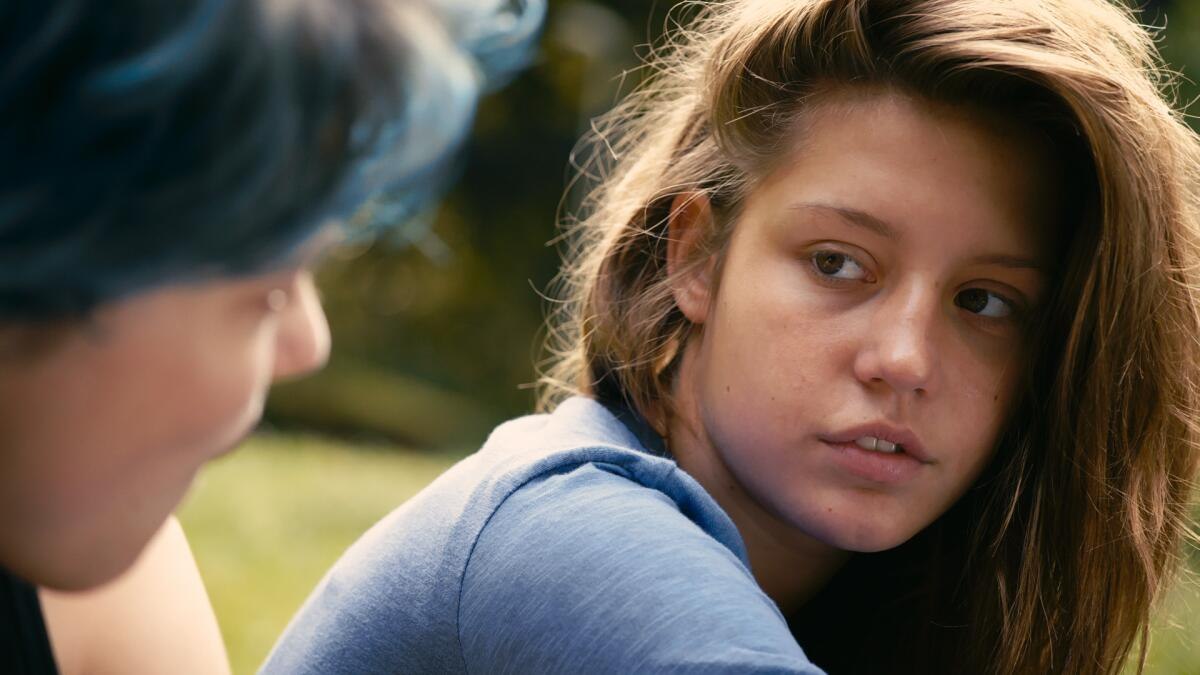
In conclusion, Blue Is the Warmest Color is a powerful and evocative film that offers a nuanced and realistic portrayal of love and personal growth. With its standout performances, intimate cinematography, and thought-provoking themes, the film stands as a significant contribution to modern cinema. It beautifully captures the joys and pains of falling in love and the inevitable changes that come with it, making it a truly unforgettable cinematic experience.




